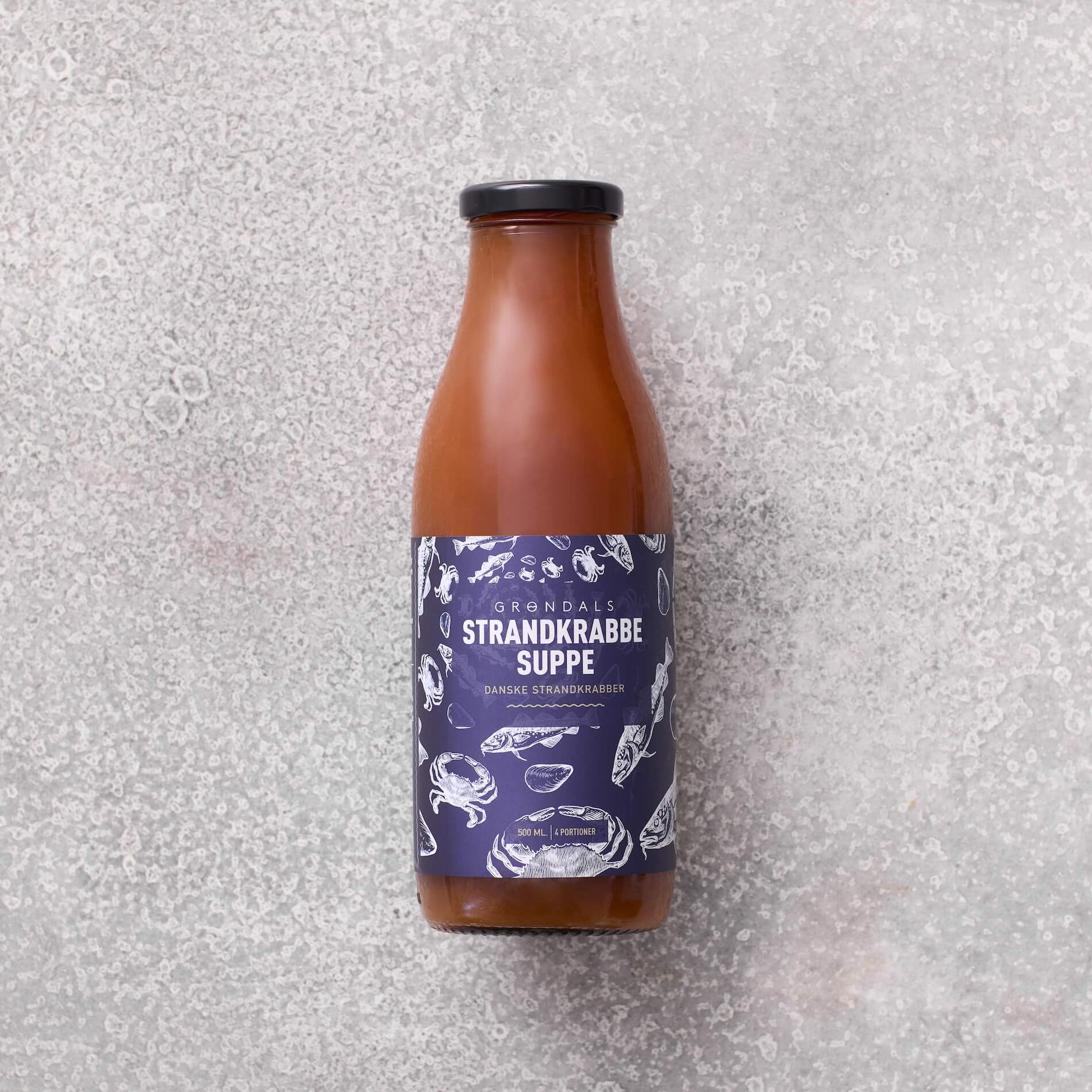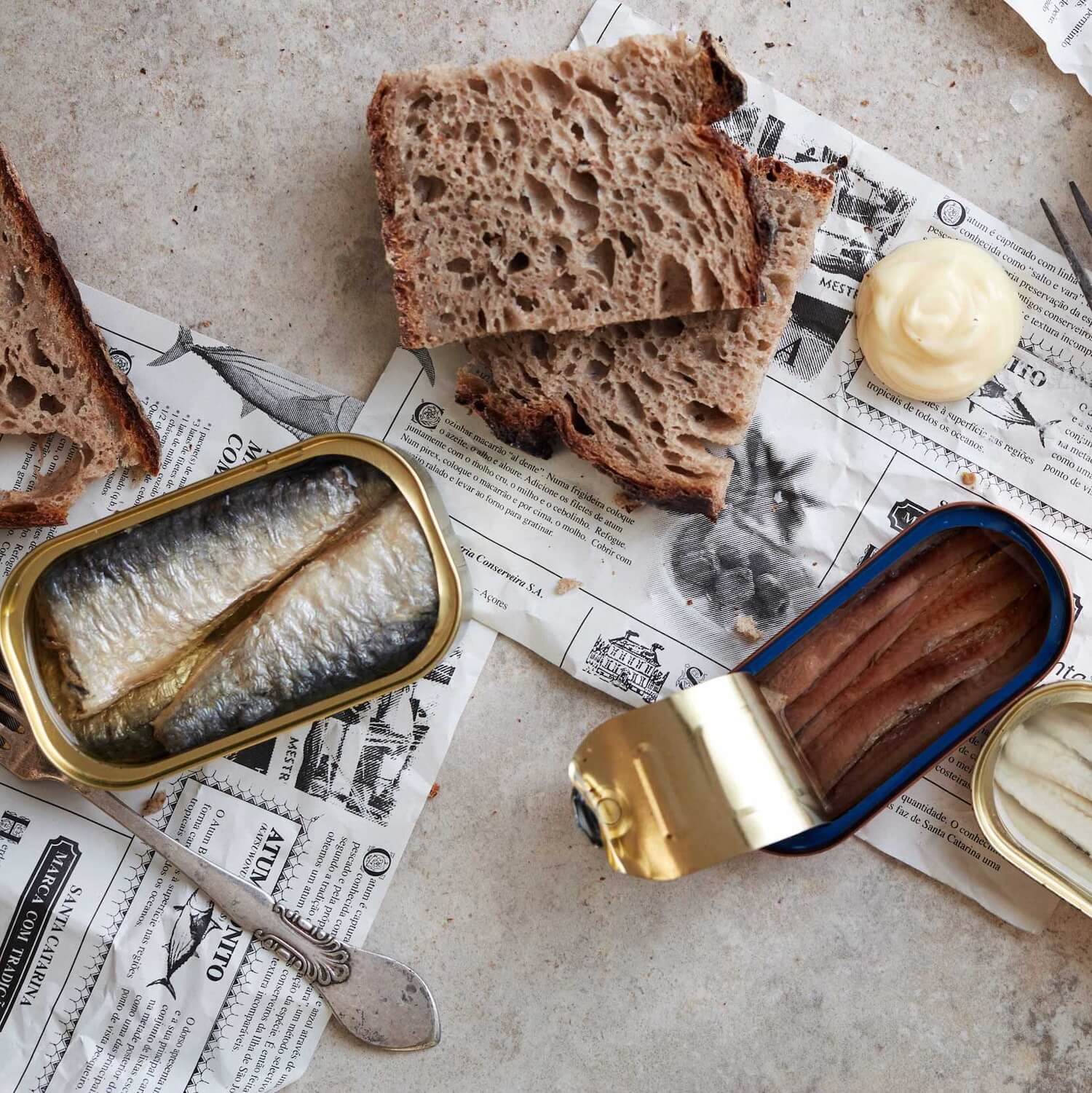
En naturskånsom måde at fiske tun på.
På Azorerne går de op i at holde tunfiskeriet bæredygtigt og ansvarligt. De fisker derfor kun med bæredygtige metoder og efter tunfisk, som ikke at truet af overfiskeri.
Mændene fisker og at kvinderne tager sig af fangsten, sådan har det traditionelt været. På billedet ses de i fuld gang med at stangfiske tun på et af fartøjerne, hvor de, for at lokke tunfisk til, sprayer havvand ud i vandoverfladen. Metoden imiterer stimer af småfisk og fritager fiskerne fra først at skulle fiske småfisk for så igen at kaste dem ud til tunfiskene. Stang og linefiskning beskadiger dermed ikke bestande af småfisk eller forudsager bifangst, som når de kommercielle flåder notfisker med net og hiver hele fødekæder af fisk om bord for blot at bruge dele af dem.
Det er en kunst at fiske med stang og line, og det er ikke uden grund at Azorernes fiskeri er certificeret ’Pole & Line’. Fiskerene mestre denne teknik, og det at fiske med stang og line er en tradition som går i arv. Tunstimerne spottes med kikkert og når båden nærmer sig slukkes motoren og vandsprinklere tændes for at simulere bevægelse fra de småfisk tunen jager. Her gælder Azorernes regel om; 1 mand, 1 fiskestang, 1 krog og 1 tun. Fiskeren kan med denne metode fanger den ønskede tun, og han undgår bifangst samt at gøre skade på havmiljøet.













